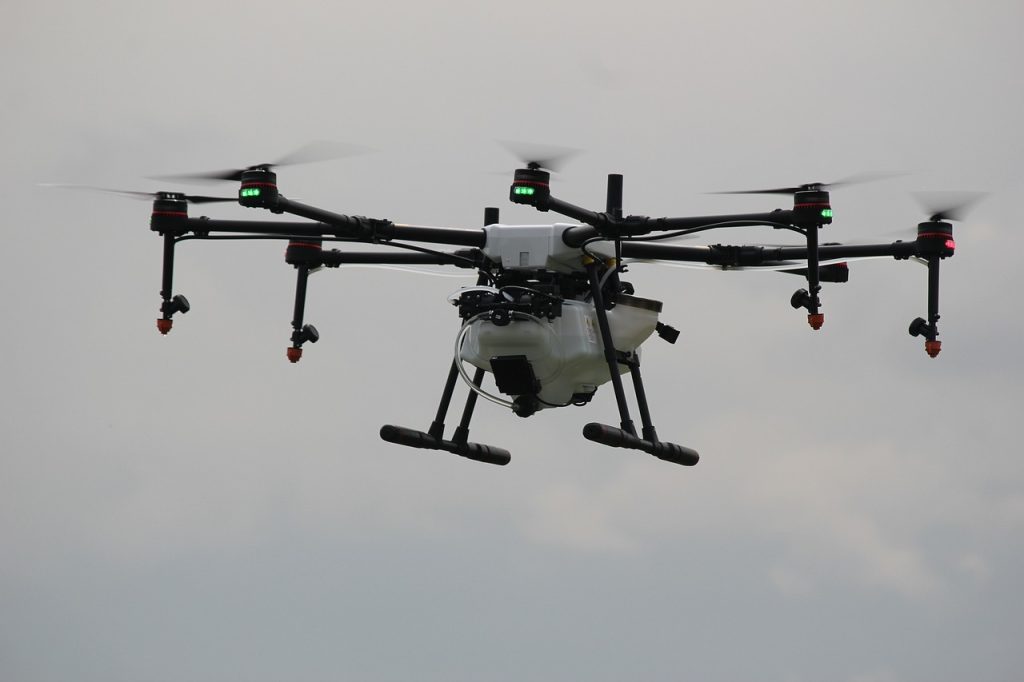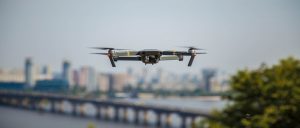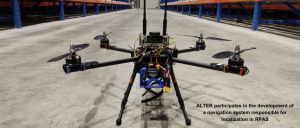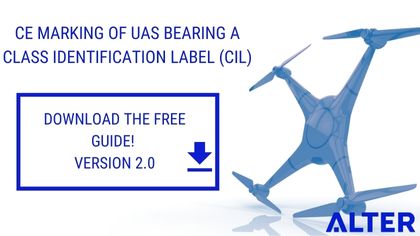Drones, or unmanned aerial systems (UAS), have become increasingly popular in recent years due to their ability to provide cost-effective, efficient and safe solutions for various tasks in many sectors, with civil engineering being the sector with one of the most significant use cases for these devices.
Drones have many advantages in civil engineering, such as improving the surveying and mapping construction sites, increasing safety and productivity, and improving data quality and accuracy. Drones equipped with cameras and laser scanners can capture detailed images and data of a construction site, which can be used to create accurate 3D models and maps. They can also be used to perform tasks that would otherwise be dangerous or impossible for workers, such as inspecting bridges or high-voltage power lines, which can help reduce the risk of accidents and injuries. In addition, these «small» aerial vehicles can be used to monitor and inspect construction activities, which can help identify potential hazards and prevent accidents before they occur. Ultimately, this helps to save time and money in the long run, as well as ensuring and improving the safety of workers and the general public.
According to the current Delegated Regulation 2019/945, which entered into force on 31 December 2020, UAS will be classified into seven classes, from class C0 to class C6, depending on the aircraft’s specifications. The specifications, physical characteristics and risks involved in the operation of each uncrewed aircraft will define the class to which they belong. Depending on their operational risk, the type of drones involved in civil engineering operations shall be classified as open, specific or certified. Not only must these drones be appropriately identified by a class label, but they must also comply with other Directives covered by DR2019/945.

When manufacturers in this sector wish to market their drones in the European Union, they must be considered systems that follow similar standards to other industrial sectors, which implies the central concept of Declaration of Conformity and CE marking. Obtaining the CE marking is the responsibility of the manufacturer or its authorised legal representative. For a product to bear the CE marking, the manufacturer of the product must declare, under his sole responsibility, the conformity of the product with all the requirements set out in the applicable EU Directives, such as the Machinery Directive (MD), the Radio Directive (RED), among others.



